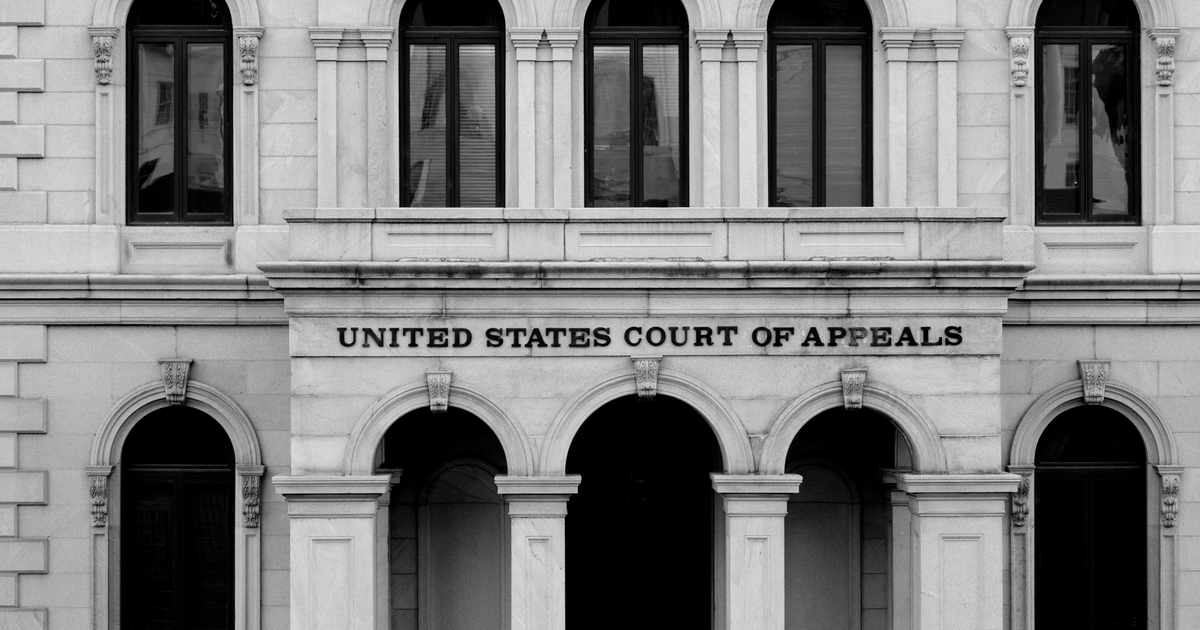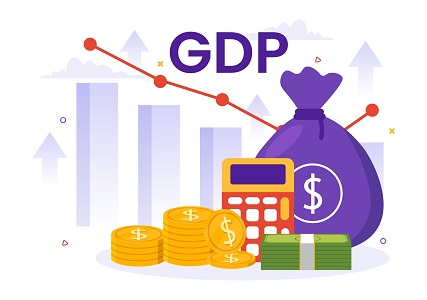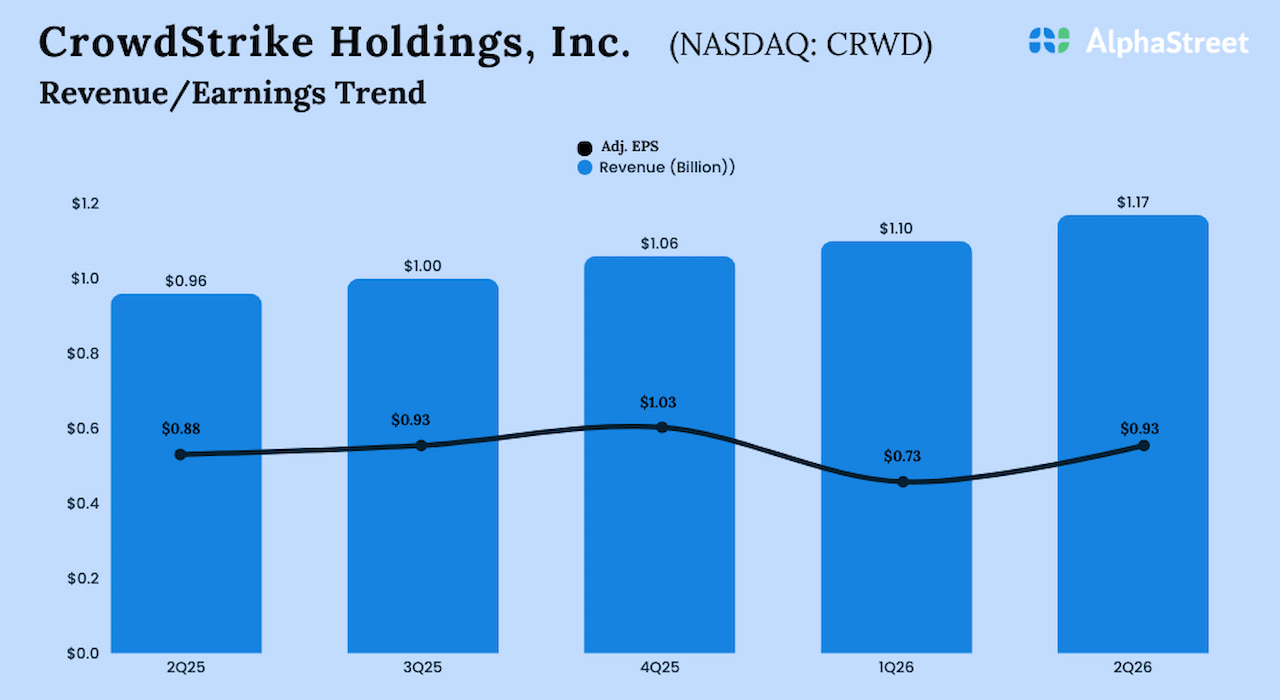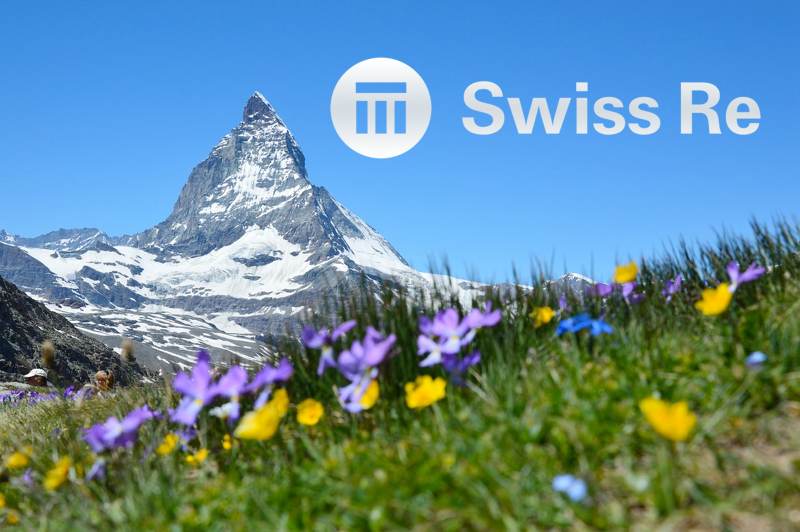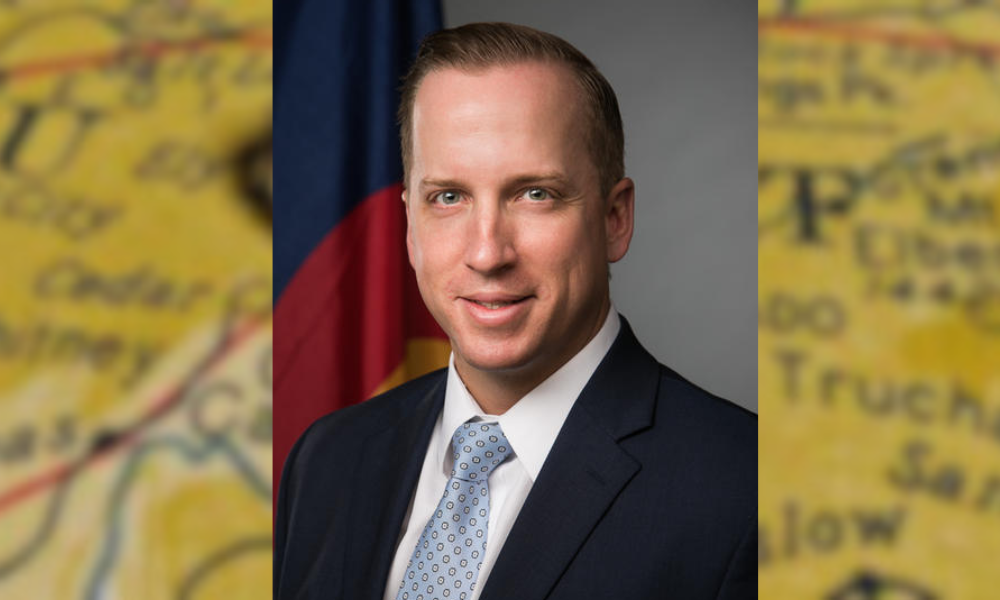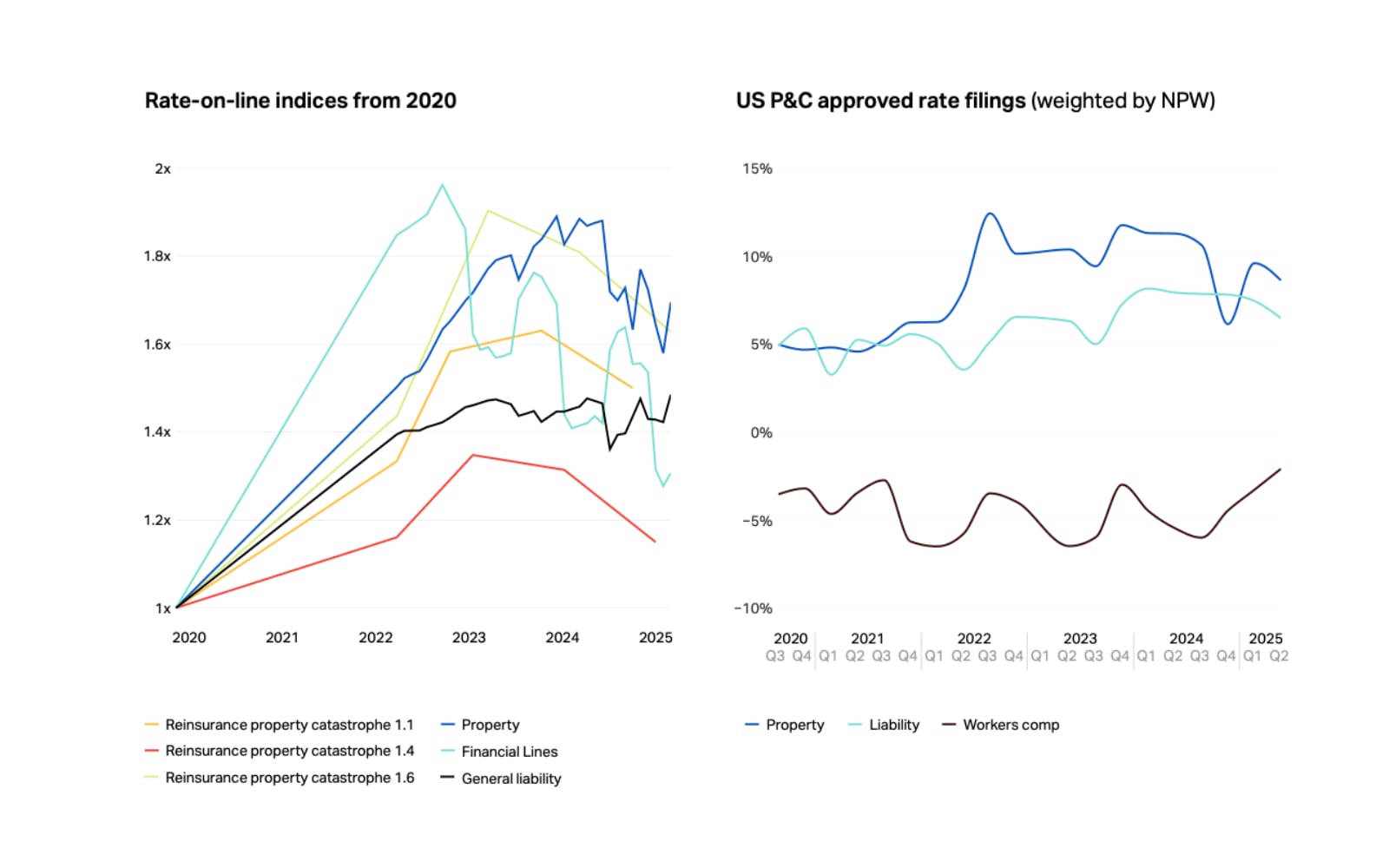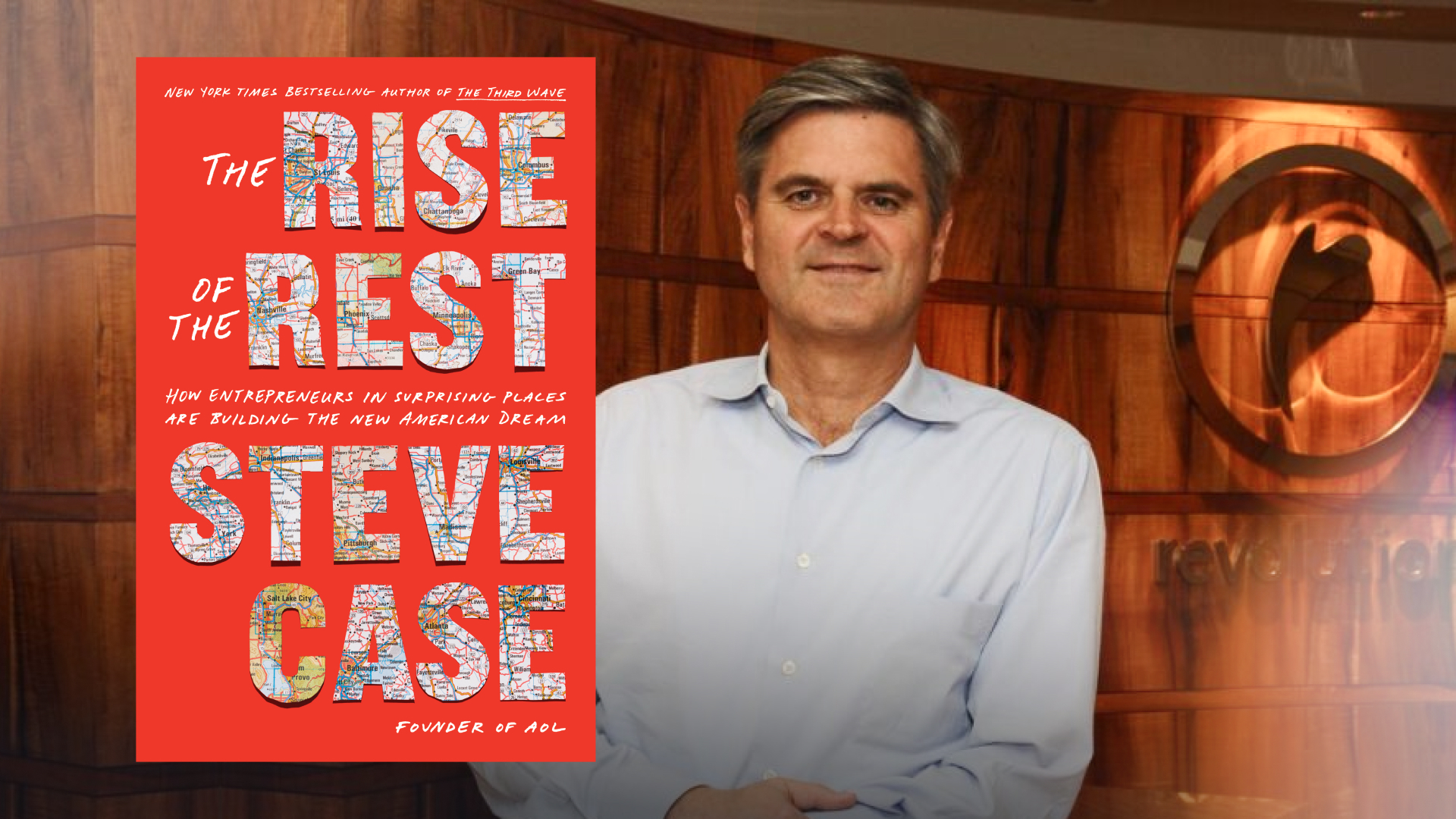The following is the preface to “The Rise of the Rest,” in which Steve Case introduces readers to dozens of entrepreneurs whose inspirational stories of struggle and achievement match the most iconic examples of American invention.
As I write this, I am looking ahead with anticipation to a date four years away—July 4, 2026, when America will celebrate its 250th birthday. It’s a milestone I think about a lot. As the chair of the Smithsonian Institution, I’ve been involved in planning for this celebration. And as the head of Revolution, a company investing in entrepreneurs from every corner of this great country, I’ve planted a stake in creating the next chapter of our nation’s story.
I was just eighteen years old and fresh out of high school when I came to Washington, DC, to celebrate our nation’s 200th birthday. I felt proud, excited, and inspired. I remember visiting the Smithsonian’s new Air and Space Museum, which had opened that summer in celebration of the bicentennial. People gathered in DC from all across the country to commemorate our history and embrace the challenges and possibilities that lay ahead. The futurists were beginning to predict a technology revolution, but neither computers nor the internet were available to the public.
The technology revolution did happen, with America at its epicenter, and the speed with which it transformed business and society boggles the mind. America, which was just a fledgling startup nation in 1776, has continued to lead the world. Yet, in its early days, like many startups, it almost didn’t make it.
There are a number of reasons for America’s success over nearly two and a half centuries, but much of the credit goes to the inventors, entrepreneurs, and innovators. Their tenacity, grit, perseverance, and creativity energized a new nation and saw it through many daunting challenges.
But today, as we head toward our big 250th birthday, some are asking whether that spirit is still alive. According to a Pew Research study, a majority of Americans are pessimistic about the future. They worry about the widening gap between rich and poor, a declining standard of living for the middle class, and the threat to jobs posed by automation. This demonstrates a disconnect between two different visions of progress.
People around the world are still largely envious and respectful of America. But that admiration is not a birthright. It must be earned continually.
Some pundits have concluded that America’s best days may be behind it. For them, the challenges within the country and the competitive threats around the globe are a harbinger of doom. I understand the concerns but see them as more of a warning—a wake-up call that we must heed.
The strategic questions are clear: How do we continue to lead, inventing the technologies that can enable the industries of the future to flourish? And how do we figure out ways to create more opportunity, for more people, in more places, so the United States can develop a more inclusive innovation economy?
Part of the reason our country is so divided right now is that many people feel left behind in the new economy. When tech innovators in Silicon Valley boast about disruption, many in the rest of America see job losses in their communities. And while it’s true that new technologies often result in job losses, as tech solutions can indeed enable more to get done by fewer people, it’s also true that new business startups are the biggest job creators. We must be more thoughtful about backing startups in every part of the country to offset inevitable job losses with new opportunities and help more people participate in a growing economy.
People around the world are still largely envious and respectful of America. But that admiration is not a birthright. It must be earned continually. If we lose our way, it probably won’t be because a rising power like China undermines us, although that is of course a risk. More likely it will be because we undermine ourselves.
This might sound like a familiar theme coming from me. In my first book, The Third Wave: An Entrepreneur’s Vision of the Future, published in April 2016, I sounded a similar warning, that America was at risk of losing its lead as the world’s most entrepreneurial nation. That warning came months before the 2016 election, but the depth of the chasm between the tech world and the rest of the country was only fully revealed with the election of Donald Trump, which surprised many people on the coasts—though not most of the voters in the rest of the country.
The instinct of some to look toward Washington to fix the dysfunction in our nation seems misguided, especially when the two parties are resistant to working together—making collaborative, nonideological approaches to solving problems increasingly rare.
Government can—and must—play a role, but it’s clear that we can’t rely solely on government to fix something that’s wrong in the marrow of our communities. We need to lead from the grassroots, and we especially need the nation’s entrepreneurs to step up. My goal is to see that entrepreneurial dynamism happening all across the country, so we can create jobs, hope, and opportunity everywhere, and build a brighter shared future for America.
Before he died in 2007 at the age of eighty-four, futuristic novelist Kurt Vonnegut expressed dismay at the state of the nation and suggested that the country could use a new cabinet position: the secretary of the future. He was right, and it’s still true. We need an all hands-on-deck effort to position America for the future.
So, what can we do to be sure the United States does lead? That question has been at the heart of my work over the past decade and is the underlying theme of this book. The Rise of the Rest means just what it says: a way to lift the prospects of the rest of the nation—those who live and work outside the coastal tech centers in California, New York, and Massachusetts. Currently, 75 percent of venture capital for startups flows to those three states, with the rest of the country left to fight it out for the remaining 25 percent.
Our effort to level the playing field begins to bring those who have been left behind into the center of the action. The deep anxiety, resentment, and despair in some parts of the country can be addressed in part through the economic and social engines of entrepreneurial ecosystems. The revival of American cities is the practice of the art of possibility—the ability to see problems as opportunities, and focus not on what might go wrong but on what can go right. It’s not just talking about the pitfalls but illuminating the vision—saying, “What will this look like if it succeeds?” Just as they helped build America in its first two centuries, entrepreneurs can once again help to lead the way.
At home in the land of promise
Our nation has always called on every generation to invent the future anew, while drawing on the wisdom of the past. I come from America’s fiftieth state, Hawaii, which gained admission on my first birthday. So, in a sense, I got here by the seat of my pants. I consider myself privileged to have been born in a place infused with a unique spirit, history, and culture.
Hawaii was very different from the mainland and had once been on the pioneering edge of our hemisphere. As a series of islands, with limited interaction with the rest of the world, it had to be self-sufficient and embrace novel approaches to life’s problems. Hawaiians were innovative by necessity, whether it was inventing new ways to move water to grow food or creating different strategies for navigating the seas.
That focus on doing things better also inspired people to move to Hawaii, including my great-grandparents, who arrived there more than a century ago, energized by the prospect of being pioneers in a new land.
But for me Hawaii was also a cautionary tale. When I was growing up in the 1960s and ’70s, the economy was in upheaval. An overreliance on agriculture as the primary industry had led to massive job losses, as global competition in crops such as sugar and pineapple intensified. Thankfully, Hawaii was able to pivot to tourism, and the launch of the jumbo jet led to a wave of economic vitality. Workers were retrained to move from farms to hotels and restaurants. The tourism industry brought fresh opportunities, but also a new set of challenges. Many lamented the way large areas of formerly pristine and beautiful land were transformed into concrete jungles. Worried about the changes, people often became cautious and risk-averse—less open to change.
By the time I graduated from high school in 1976, I was eager to set off and seek opportunities that I didn’t think existed for me at home. I wanted to lean into the future –indeed, I hoped to play a small role in creating the future.
That desire became the core idea for America Online, which I cofounded in 1985. The goal was to get all of America online. In the early days of the internet, there was an elitist notion that this important new technology was best left in the hands of a select few. The internet started as a Cold War government technology—it was a network designed to be resilient so it could withstand a nuclear attack. It only gradually reached the broader public. Even then it was not being widely used; until 1990 access was restricted to government agencies and educational institutions. AOL, promoting grassroots access for everyone, was ahead of its time.
It could get lonely out on the internet frontier in the 1980s. Consider this: When we started AOL, only 3 percent of Americans were online, and those early adopters were online an average of only one hour a week. It wasn’t exactly a groundswell!
Given that, America Online was a bold name. I thought of it as aspirational, but we had a lot of convincing to do. There were times when we were on the brink of failure because a business model built on an unexplored future was seen as extremely high-risk. However, I never doubted that we were creating a medium that would change the world.
Our challenge was to help people visualize it, experience it, and believe in it. We had to show them that the internet could be life changing—not just technology for technology’s sake. We promised that a whole new world was opening up for them, even if they could not quite see it yet. And what excited me the most was knowing that we were providing access to people, ideas, and commerce that had previously only been available to a few.
My experience building America Online and evangelizing the benefits of the internet across the nation proved invaluable in 2014 when I launched Rise of the Rest, an initiative at my investment firm Revolution, designed to promote regional entrepreneurship— helping startups emerge and scale throughout the country. The challenge of creating jobs and opportunity is quite different from building on-ramps to the internet, but the underlying purpose is similar. Part of my passion at AOL was the effort to give everyone access to the promise of the internet. Rise of the Rest is about providing access to the rewards of technology. What if everyone had an equal chance to create and thrive—no matter where they live or what their background? Which brings us to the story I’m telling in this book.
My early experiences growing up in Hawaii and starting AOL in the Washington, DC, region helped prepare me for what I would find in many of the Rise of the Rest cities we visited. Just as Hawaii was sometimes slow to embrace new ideas, I found starting a new company in DC to be quite difficult. In the 1980s DC was still a government town. Startups were rare, and venture capital was virtually nonexistent. Convincing people to leave large, stable companies to join a fledgling and risky startup was a tough sell. I felt like a fish out of water once again, living in a place that was focused more on preserving the status quo than embracing the future.
When I started Rise of the Rest, I wanted to make it easier for the next generation of entrepreneurs to found companies in places like DC, or anywhere else in the nation they happened to be. I hoped that they’d have more access to capital, be better able to attract talent, and build companies in communities that believed in them and truly wanted them to succeed.
From the outset it was important for Rise of the Rest to engage with startups and communities on the ground—not to be an abstract organization directing things from afar. I had experienced the value of hometown events when we were launching AOL and decided to replicate the idea. We borrowed a strategy from our home base of DC and procured a large coach bus, in the manner of a political campaign, although this was a very different kind of campaign. We painted it red and stamped “Rise of the Rest Road Trip” on the side, along with the names of the cities for each tour. You couldn’t miss it, which was the point.
We knew going into the Rise of the Rest bus tours that there was a level of stagnation in parts of the country. But … beneath the surface, dozens of American cities had already started the process of developing startup ecosystems, and they now needed a boost in organization and capital to propel them into long term success.
The bus tour is built on the quintessential American tradition of road trips. Some thought it was a great piece of theater, and while it did help us get press attention, it was much more than that. We became a rolling connector and accelerator, inviting local entrepreneurs onboard to talk to high-level investors, corporate CEOs, influential government officials, and our own team—all wanting to listen to what they had to say. Entrepreneurs don’t usually get access to such top-echelon guides and investors. And investors from the coastal tech hubs don’t usually get a front-row seat to the innovation that’s happening in the heartland.
We designed the arc of each tour to be five cities in five days, effectively sixty hours of cultural immersion, programming, and making connections. Once the bus rolls into town, it commands attention, and over the years it has become identifiable as a sign that innovation is happening in a community. The tour events are built around local startups, and the days are packed. We get off the bus and begin with a big breakfast event at an iconic location, attended by entrepreneurs, local and state officials, organization leaders, investors, and allies from across the state who are invested in the success of startup ecosystems. Sometimes we’re joined by celebrities or by governors and US senators. Then we do what we call a startup ecosystem crawl. That means going out and experiencing everything firsthand. It’s not just the startups themselves that interest us but the whole environment around them. We try to highlight all the other ecosystem players. Sometimes that means going to a university that’s doing groundbreaking work. Sometimes it’s a more established local business that is supporting startups. Sometimes it’s an accelerator—a local organization and workspace for startup businesses. Often, we visit those pre-IPO startups that have risen, and demonstrate what’s possible when you back entrepreneurship.
At the end of each tour, we hold a pitch competition for ten local startups—the finalists culled from hundreds of entries— and award the winner a $100,000 investment. The competitions usually attract very large cheering crowds and are high-octane finales. Then we get back on the bus and move to the next city. But our visits are more than a quick in and out. Every visit is backed by six months of work before we get there and six years of work after we leave. The commitment extends far beyond the tour.
Between 2014 and 2020 (when we paused the physical visits during the pandemic), we completed eight bus tours, visiting forty-three cities, and traveling eleven thousand miles, to every region of the country. The people we’ve met on the tours now serve as an incredible network of investors, founders, and ecosystem builders passionate about garnering support for their cities. We stay in close contact through regular calls, city visits, and Rise of the Rest summits and convenings. This allows us to continue to understand the unique challenges and opportunities that exist for founders in cities across the country; and it enables our team—led so ably by managing partners David Hall and Anna Mason—to monitor for the next potential breakout companies.
We knew going into the Rise of the Rest bus tours that there was a level of stagnation in parts of the country. But we didn’t accept the conventional wisdom that jobs would inevitably continue to drain out of the industrial Midwest or the South and that nothing could be done to stop it. This wasn’t blind faith on our part. A change was already happening. Beneath the surface, dozens of American cities had already started the process of developing startup ecosystems, and they now needed a boost in organization and capital to propel them into long term success.
It was a similar dynamic to the one I encountered with AOL. I remembered those difficult early days, when few saw the value of the internet, and most were certain it would have limited appeal. They were right for a decade, as internet adoption grew slowly. It proved hard for AOL and other early internet companies to get traction. But then it hit a tipping point, and almost overnight the mentality shifted from nobody caring about the internet to everybody wanting to be on it.
The early Rise of the Rest experience gave me a sense of déjà vu, and I was driven once more by my desire to prove the doubters wrong. (Yes, I, like many entrepreneurs, do my best work when told something is not possible. Growing up, it didn’t take my parents long to figure out that the best way to get me to do something was to tell me it couldn’t be done.) But it wasn’t just about proving a point. More fundamentally, it was about backing entrepreneurs everywhere, and in the process leveling the playing field of opportunity.
Today, as I write this, there is an explosion of startup ecosystem development in dozens of cities—a wonderful and largely untold story. From Seattle to Phoenix to Salt Lake City to Dallas to Denver to Miami and all points in between, startups are reimagining cities. The new guard is reviving declining iconic places like Detroit and Pittsburgh, once great centers of innovation that fell on hard times. They are electrifying smaller cities like Chattanooga and Columbus with tech innovation in critical industries such as insurance, health care, and transportation. They are energizing classic heartland cities like Kansas City, Green Bay, Omaha, and St. Louis with a renewed focus on the future. And they are cracking the equity code, engaging diverse populations in cities like Atlanta, Baltimore, and Tulsa in the opportunity to rebuild America.
It’s often a “pinch me” experience on the bus, as entrepreneurs interact with people–some of whom are their heroes— and have inspiring conversations. Sometimes we talk about the tour as putting kerosene on the fire—trying to create a tipping point and instilling a we-can do-it ethos that inspires a startup movement that lives on for many years to come.
After we visited Albuquerque, Mayor Richard Berry wrote to me: “I just want to let you know that your visit to Albuquerque changed our city. It was the spark that we needed. You believed in us, and we started believing in ourselves.”
Rise of the Rest has shown us that new job creation can happen everywhere, and it is now happening in countless communities. But it has to be approached in a strategic way. You can’t create lots of new jobs unless you create new companies, and you can’t create new companies unless you create a culture to nurture startups. That means also winning the battle for talent and capital and building communities that support entrepreneurs.
When we look back at this moment in America’s history, all the complicated challenges that face our country may be summarized most simply as a battle between optimists and pessimists. I am an optimist. This book explains why. It is dedicated to the extraordinary entrepreneurs, innovators, and changemakers I have met on our road trips. The Rise of the Rest is their story. And the story is just beginning.
In many ways, the Rise of the Rest is the answer to the question of whether America can maintain its lead in the world. It’s impossible to read these stories and not be filled with a sense of excitement about the future and an anticipation that, if we stay the course, there will indeed be more to celebrate in 2026, when the startup called America turns 250.
From “The Rise of the Rest” by Steve Case. Used with permission of the publisher, Avid Reader Press. Copyright © 2022 by Steve Case.


